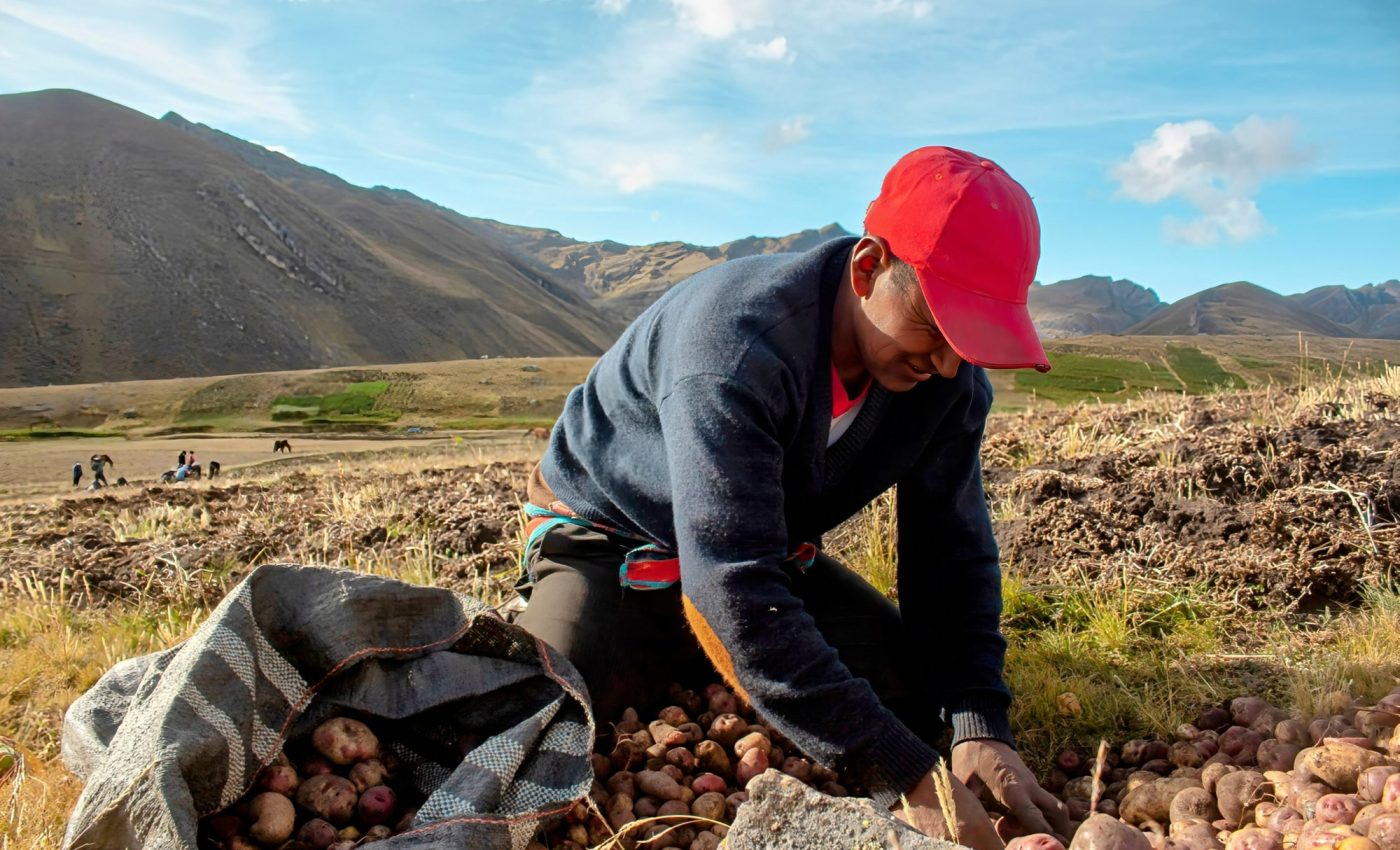
Local food production is undervalued in the context of climate change
In today’s world, many Indigenous communities heavily rely on local food production, which forms an integral part of their food security and overall health.
Yet, these “informal” economies often go unnoticed in the macro economic statistics, which results in them being sidelined in policies devised to tackle climate change.
Arctic communities, undergoing rapid transformation due to ever-changing social, economic, and climatic scenarios, are prime examples of this predicament.
Role of local food production
These communities are home to a blend of traditional and formal economic practices, involving hunting, fishing, gathering, and trapping along with wage-based jobs.
With carbon taxation policies introduced in Canada, the cost of fuel used in local food harvesting has become a paramount concern.
To better understand the sensitivity of Arctic food systems to carbon tax policy, scientists have plunged into an elaborate study.
The research was led by experts from the Max Planck Institute for Evolutionary Anthropology, in collaboration with the Innovation, Inuvialuit Science, and Climate Change Division of the Inuvialuit Regional Corporation.
The objective was to calculate the economic and environmental significance of local food production in the Inuvialuit Settlement Region in the western Canadian Arctic.
Local vs. imported foods
The scientists collated data from a 2018 regional study of harvesting. They set out to estimate the total edible weight of food produced by the local Inuit harvesters in a year’s duration.
A comparison was made with the costs of replacing these foods with market substitutes like beef, pork, chicken, or farmed fish.
Furthermore, the team gathered information from agriculture and transport science to estimate the carbon emissions resulting from production and shipping of these market substitutes to the Arctic communities.
The data from a community-based study of Inuit harvesting in Ulukhaktok was also taken into account to estimate the gasoline used per kilogram of food harvested.
These figures helped the researchers infer the total amount of gasoline used in local food production in the region.
Efficiency of local food production
The results were surprising. Under plausible scenarios, replacing locally-harvested foods in the Inuvialuit Settlement Region with imported market substitutes would cost over 3.1 million Canadian dollars per year and emit over 1,000 tons of CO2-equivalent emissions annually.
On the contrary, gasoline inputs to local harvesting cost around 295,000 Canadian dollars resulting in 317 to 496 tons of emissions, less than half of what would be emitted by market substitutes.
“Our findings illustrate how local food harvesting, even when reliant on fossil fuels – as is the case in Canadian Arctic communities – are more economically-efficient and less carbon intensive than industrial food production,” said Elspeth Ready, one of the leading researchers.
“Local food harvesting also reduces reliance on supply chains that are vulnerable to climate change.”
Tailoring policies to local needs
The study underscores that climate change policies need to be locally adapted to ensure they do not undermine emission targets and inadvertently impact food security and health in remote communities.
Such communities face heightened economic and logistical constraints compared to more populated regions. By omitting the potential impact on local food production, the entire climate change narrative becomes flawed.
This breakthrough finding not only highlights the importance of locally adapted policies but also marks the inception of a statistical modeling approach capable of laying a foundation for similar studies in other regions.
Future implications and community engagement
As we move forward, it’s essential to involve local communities in shaping policies affecting their food systems. Including indigenous populations in decision-making respects their knowledge and integrates it into climate strategies, leading to more effective solutions for Arctic communities.
Promoting local food production enhances food sovereignty, reducing dependence on external markets and allowing communities to control their food sources. Educational programs on sustainable harvesting can empower residents and build resilience against climate change.
Creating markets for local products
Investing in local food systems supports environmental sustainability and economic development. Furthermore, creating markets for local products and providing resources can stimulate job creation and improve community well-being.
Ultimately, addressing climate change requires a holistic approach that values local food production.
By supporting indigenous practices and prioritizing community engagement, we can create a more sustainable and equitable future for Arctic regions and beyond.
—–
Like what you read? Subscribe to our newsletter for engaging articles, exclusive content, and the latest updates.
Check us out on EarthSnap, a free app brought to you by Eric Ralls and Earth.com.
—–













